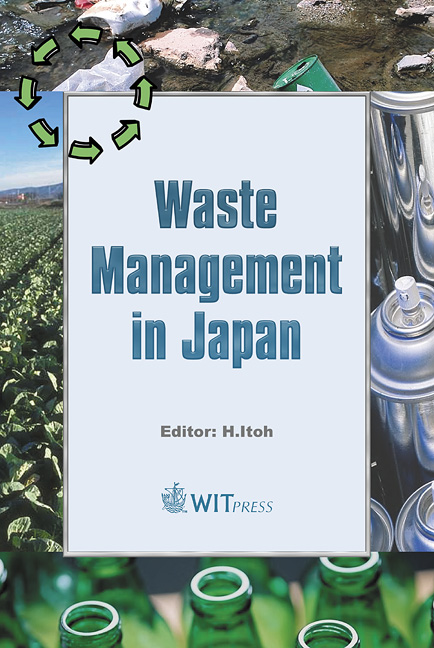Purification Of Combustion Waste Gas Using Ecofunctional Ceramics In The High Temperature Range
Price
Free (open access)
Transaction
Volume
79
Pages
9
Published
2004
Size
702 kb
Paper DOI
10.2495/WMJ040151
Copyright
WIT Press
Author(s)
K. Suzuki, S. Nagano & S. Fujita
Abstract
For the purpose of the development of new ecofunctional ceramics with removal performance for toxic substance included in combustion waste gas, hydroxyl sodalite (Na8Al6Si6O24(OH)2) and hydrogrossular (Ca3Al2(SiO4)0.8(OH)8.8) were investigated. It was found that these materials each had a function of chlorine fixation, copper fixation and the control of dioxin formation. Hydroxyl sodalite had micro-pore of nanometer order (β-cage) in the structure, and the chlorine ions were fixed in the pore above 400 ˚C. The quantity of fixed chlorine with increased with increasing reaction temperature, and was largest with 7.3wt% at 800 ˚C. The fixation of the copper progressed by the substitution with sodium ion, and the substitution quantity increased with increasing reaction temperature, the quantity was 10.5wt% of CuO at 900 ˚C. On the other hand, hydrogrossular changed to the mayenite phase (Ca12Al10Si4O35) after heating above 700 ˚C. The mayenite had the micro-pore that the chlorine ion was fixed in the structure. The drastic decrease in the dioxin concentration was confirmed by using the ecofunctional ceramics in the garbage incineration. Keywords: hydroxyl sodalite, hydrogrossular, micro-pore, fixation of toxic material, oxygen radical.
Keywords
hydroxyl sodalite, hydrogrossular, micro-pore, fixation of toxic material, oxygen radical.




